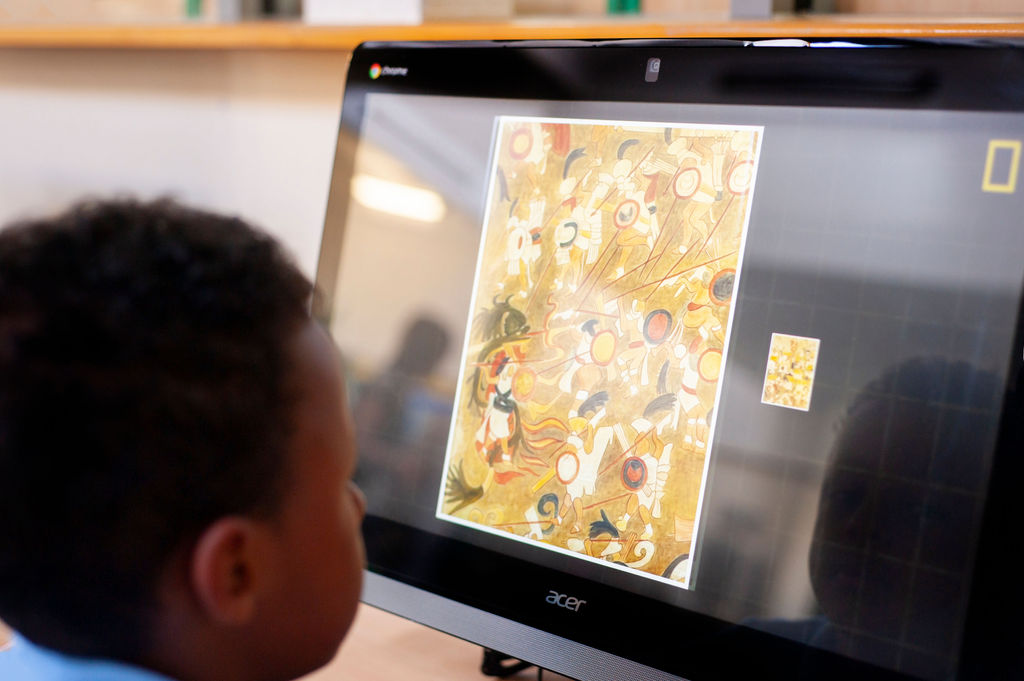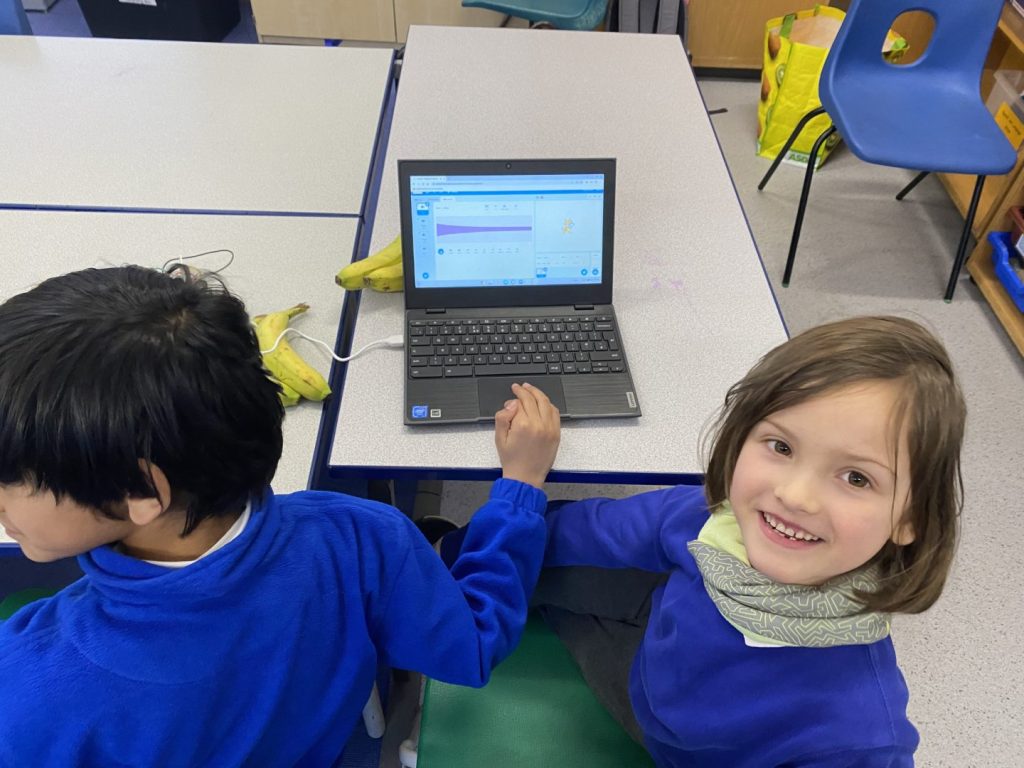 Online Safety is one of the most important things that we teach to the children at The Winns. In an...
Online Safety is one of the most important things that we teach to the children at The Winns. In an... Online Safety is one of the most important things that we teach to the children at The Winns. In an...
Online Safety is one of the most important things that we teach to the children at The Winns. In an... Online Safety is one of the most important things that we teach to the children at The Winns. In an...
Online Safety is one of the most important things that we teach to the children at The Winns. In an... Online Safety is one of the most important things that we teach to the children at The Winns. In an...
Online Safety is one of the most important things that we teach to the children at The Winns. In an...
Computing
Computing
Information about our computing curriculum.
Computing at The Winns
Intent
At The Winns we want children to be masters of technology and not slaves to it. Technology is everywhere and will play a pivotal part in students’ lives. Therefore, we want to model and educate our children on how to use technology positively, responsibly and safely. We want children to be creators not consumers and our broad curriculum encompassing computer science, information technology and digital literacy reflects this. We want children to understand that there is always a choice with using technology and as a school we utilise technology (especially social media) to model positive use. We recognise that the best prevention for a lot of issues we currently see with technology/social media is through education.
We recognise that technology can allow children to share their learning in creative ways. We also understand the accessibility opportunities technology can provide for our children. Our knowledge rich curriculum must be balanced with the opportunity for pupils to apply their knowledge creatively which will in turn help children become skilful computer scientists.
We encourage staff to try and embed computing across the whole curriculum to make learning creative and accessible. We want children to be fluent with a range of tools to best express their understanding and hope by Upper Key Stage 2, children have the independence and confidence to choose the best tool to fulfil the task and challenge set by teachers.
Implementation
When implementing the computing curriculum at the Winns, we consider three key strands that arise from the National Curriculum guidance: Digital Literacy, Computer Science and Information Technology. These three strands inform the content that is covered in five key areas: computer systems and networks, programming, creating media, data handling and online safety. We use a comprehensive progression document to ensure that staff are best able to embed and cover every element of the computing curriculum. The curriculum has been designed as a spiral curriculum knowledge so that:
- it is cyclical (pupils revisit the five key areas throughout KS1 and KS2);
- it has increasing depth (each time a key area is revisited, it is covered with greater complexity;
- prior knowledge is called upon.
The curriculum is delivered as a one hour lesson each week in every year group. Online safety lessons are taught once every half term in each year group.
Impact
We encourage our children to enjoy and value the curriculum we deliver. We will constantly ask the ‘why’ behind their learning and not just the ‘how’. We want learners to discuss, reflect and appreciate the impact computing has on their learning, development and wellbeing.
Finding the right balance with technology is key to an effective education and a healthy lifestyle. We feel the way we implement computing helps children realise the need for the right balance and one they can continue to build on in their next stage of education and beyond. We encourage regular discussions between staff and pupils to best embed and understand this. The way pupils showcase, share, celebrate and publish their work will best show the impact of our curriculum. We also look for evidence through reviewing pupil’s knowledge and skills digitally through tools like Google Drive and observing learning regularly.
Progress of our computing curriculum is demonstrated through outcomes and the record of coverage in the process of achieving these outcomes.

